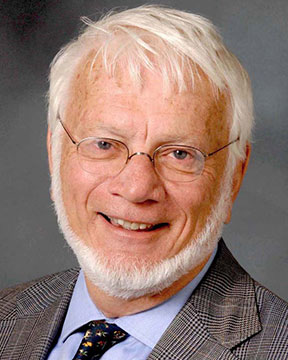ORALS
SESSION: SISAMTuePM1-R5
Amorphous Materials | Zehetbauer International Symposium on Science of Intelligent and Sustainable Advanced Materials (4th Intl. Symp. on Science of Intelligent and Sustainable Advanced Materials (SISAM)) |
| Tue Nov, 6 2018 / Room: Copacabana A (150/1st) | |
| Session Chairs: A. Lindsay Greer; Session Monitor: TBA |
14:25: [SISAMTuePM106]
Relaxation of Bulk Metallic Glasses After Cryogenic High Pressure Torsion Florian
Spieckermann1 ; Baran
Sarac
2 ;
Erhard
Schafler3 ; Viktor
Soprunyuk
2 ; Michael
Kerber
4 ; Jozef
Benarczik
5 ; Juergen
Eckert
2 ;
1University of Leoben, Leoben, Austria;
2Erich Schmid Institute of Materials Science, Leoben, Austria;
3University of Vienna, Wien, Austria;
4University of Vienna, Vienna, Austria;
5Deutsches Elektronen Synchrotron DESY, Hamburg, Germany;
Paper Id: 446
[Abstract] Bulk metallic glasses (BMG’s) combine high strength, hardness and elastic strain limit, they may show good soft-magnetic properties and excellent corrosion resistance as well as high homogeneity and isotropy. The viscous flow workability in the supercooled liquid region makes metallic glasses an excellent candidate for the next generation engineering materials. However, the limited ductility of BMG’s is detrimental for many potential applications. Recent results indicate that structural relaxations on the nanometer scale and their percolation may be involved in the formation of shear transformation zones (STZ) and shear bands that control the ductility of BMG’s. Considerable effects of aging/rejuvenation of BMG’s on their mechanical properties and on structural and dynamic relaxations were reported. Hence, there is fundamental scientific interest in understanding the interplay of structural and dynamic relaxations for equilibrated as well as non-equilibrated BMG’s. In the present study we use in-situ X-ray diffraction to study the structural rearrangements during annealing from 77 K up to the crystallization temperature of CuZr based BMG’s brought out of equilibrium by high pressure torsion performed at cryogenic temperatures. These structural changes are correlated with dynamic mechanical analysis (DMA) and differential scanning calorimetry to determine dynamic relaxations as well as crystallization.



















